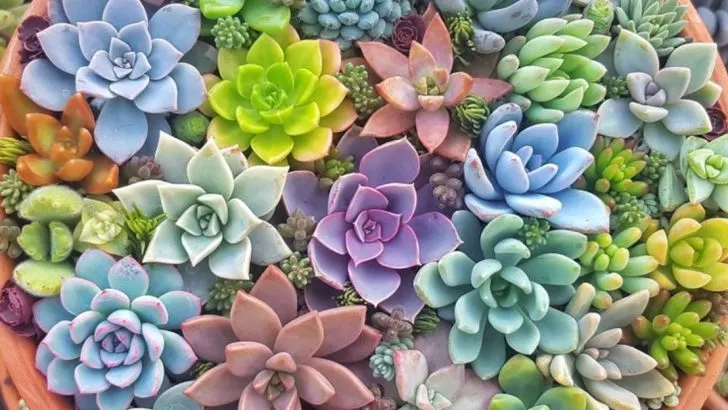Propagation is one of the most rewarding parts of plant parenthood—it’s cost-effective, satisfying, and a great way to multiply your greenery without spending a dime. But while many plants root effortlessly from cuttings, divisions, or leaves, others are stubborn, slow, or downright frustrating.
From the foolproof pothos and spider plant to succulents that sprout from a single leaf, these are the plants that even beginners can propagate with ease. On the flip side, some popular plants are better left alone—they resist rooting, take ages to establish, or often fail altogether.
Discover the 14 easiest plants to propagate that practically grow themselves—and the 4 you’re better off leaving at the nursery. Your future plant shelf will thank you!
Asparagus Fern
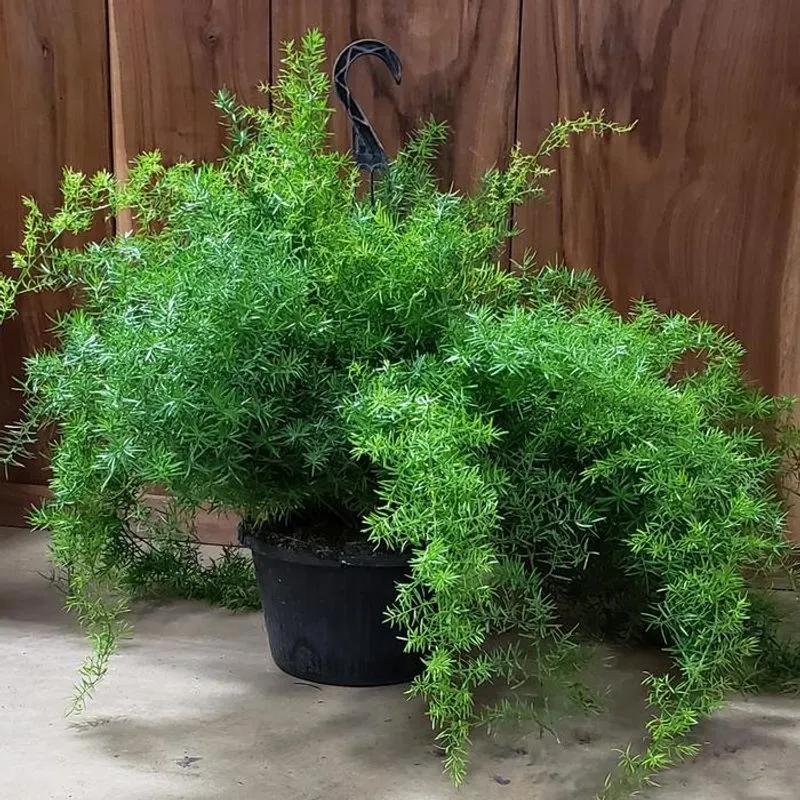
The asparagus fern, with its soft, feathery fronds, seems promising, but propagation can be tricky. Though it adds a delicate touch to any setting, its propagation process requires patience and precision. Dividing the root ball is the typical method, but it can be sensitive to disturbance. This plant prefers indirect light and consistent moisture. While beautiful, the asparagus fern may test your propagation skills more than other plants, making it a more challenging choice for expanding your greenery.
Spider Plant
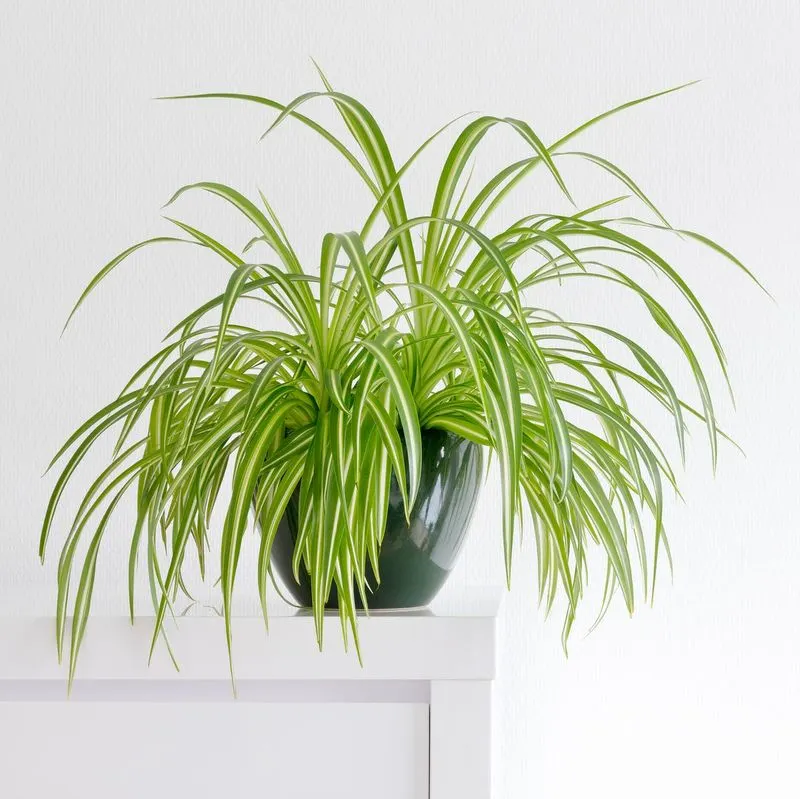
Spider plants are like the playful kittens of the plant world, with their cascading leaves and adorable plantlets. These little beauties are eager to explore new soil, making propagation as simple as snipping off a baby and placing it in water or soil.
The process is hassle-free, and the plantlets root quickly, spreading their charm across your home. Perfect for hanging baskets or trailing over bookshelves, spider plants thrive with indirect sunlight and occasional watering.
Their resilience and fast growth rate make them a favorite for both seasoned plant lovers and those new to indoor gardening.
Pothos
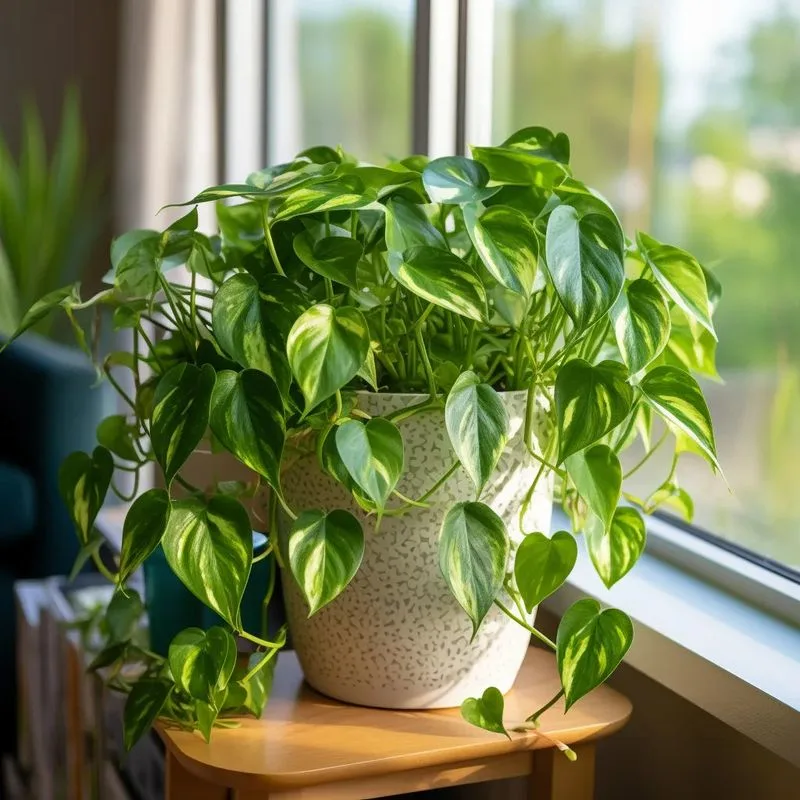
The pothos, with its heart-shaped leaves and vigorous growth, brings a touch of wilderness into your living space. Known for their air-purifying qualities, these plants are not only beautiful but beneficial.
Propagating pothos is a dream! Snip a stem below a node, place it in water, and watch roots sprout in days. Their adaptability means they can grow in low light, making them perfect companions for office desks or dim corners.
Whether you’re a dedicated plant parent or a casual nurturer, pothos welcomes you with open leaves and easy care.
Succulents
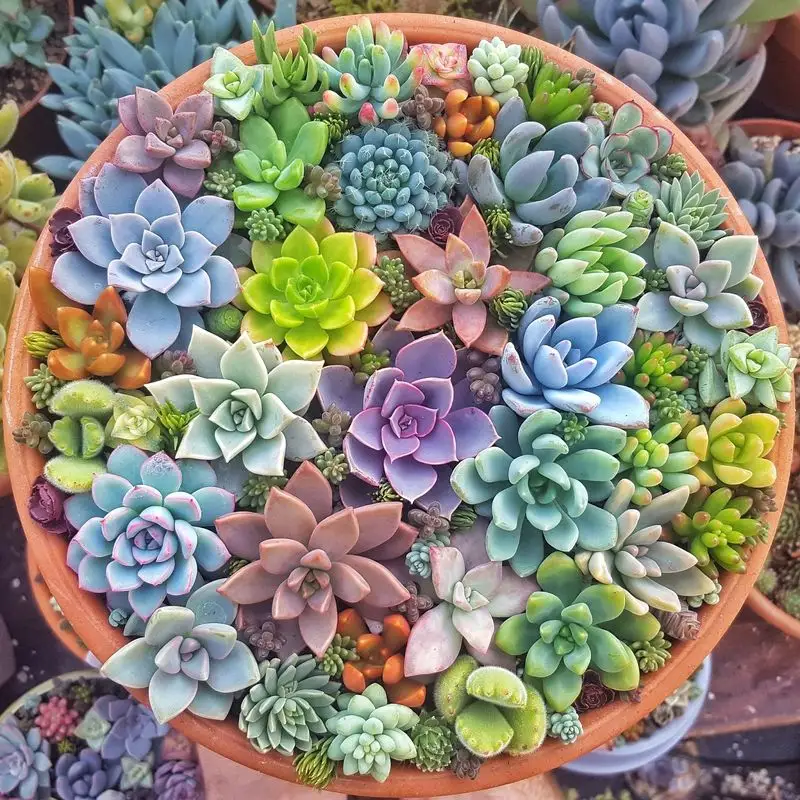
Succulents are the rugged adventurers of the plant world, thriving in arid conditions with little water and lots of sun. Their propagation is as fascinating as their diverse shapes and colors.
Simply detach a leaf, let it dry for a few days, and place it on well-draining soil. With minimal effort, you’ll witness new roots and leaves emerging, heralding a new generation of succulents.
These hardy plants make stunning arrangements, whether in chic terrariums or rustic planters, and are perfect for those who prefer a low-maintenance yet visually striking indoor garden.
Mint

Mint plants are the gregarious guests in your garden, spreading their refreshing aroma and flavor with ease. They are exceptionally simple to propagate, either by division or cuttings.
Take a cutting with a few leaves, place it in water, and watch roots unfurl within days. Mint’s rapid growth and versatility make it perfect for pots or garden beds.
Not only does mint elevate your culinary creations, but it also acts as a natural pest repellent, making it a must-have for any herb enthusiast. Enjoy its invigorating presence in teas, salads, and summer drinks.
Basil
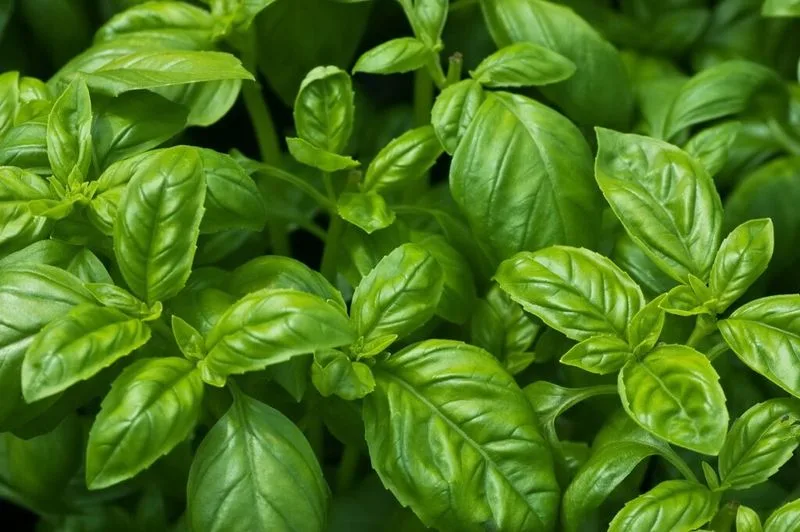
Basil, the aromatic king of herbs, delights both the senses and the palate. Its propagation is straightforward, inviting you to grow your culinary companion from just a few snips.
Cut a stem below a leaf node and place it in water. Roots will appear in a week, ready to be planted in soil. Basil thrives in warm, sunny spots, rewarding you with flavorful leaves for your kitchen.
This herb’s sweet scent and versatile use in cooking make it a garden favorite, perfect for pots or a sunny windowsill where its fragrance can be savored.
Snake Plant
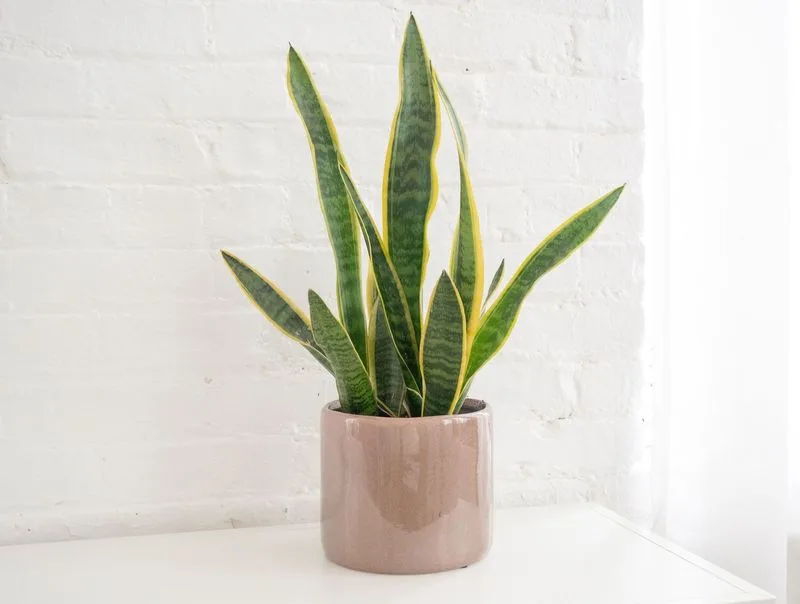
With its striking upright leaves, the snake plant is a statuesque beauty that adds elegance to any decor. Its hardy nature and tolerance for low light make it a beloved choice among plant enthusiasts.
Propagation is a breeze: cut a leaf into sections and plant them in soil. New shoots will emerge, carrying on the legacy of this resilient plant.
Whether you forget to water or keep a strict schedule, the snake plant forgives and thrives, filtering air and demanding little in return—an ideal companion for busy lifestyles.
Ivy
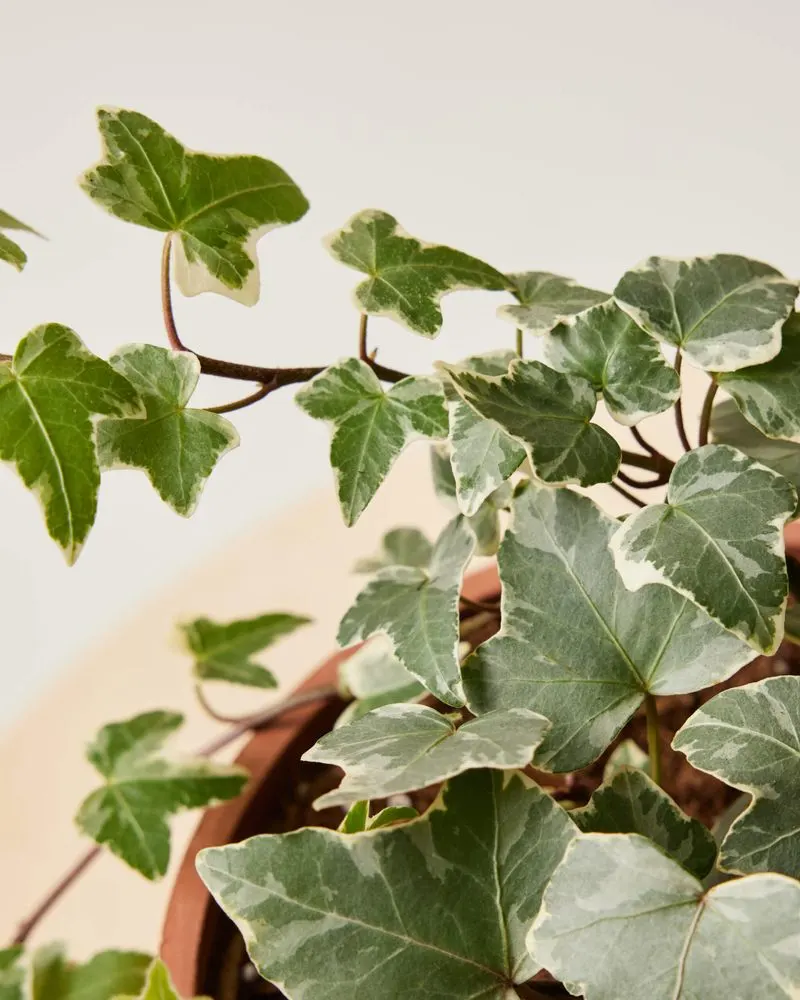
Ivy is the adventurous climber, scaling walls and trailing gracefully with its lush foliage. Known for its rapid growth, this plant is as easy to propagate as it is to admire.
Simply snip a stem, place it in water or soil, and roots will form, ready to conquer new heights. Ivy’s ability to thrive in various conditions and its classic charm make it a timeless addition to any garden or indoor space.
Whether draping over a balcony or creeping along a trellis, ivy adds a touch of elegance and greenery to your surroundings.
Aloe Vera

Aloe vera, the healing guardian of plants, offers more than just aesthetic appeal with its fleshy, spiky leaves. Known for its soothing gel, this plant is a friend in times of sunburn or irritation.
Propagating aloe is a straightforward affair. Remove an offset from the mother plant, let it dry for a day, and then plant it in succulent soil. It will root quickly, ensuring you have a steady supply of soothing gel.
This sun-loving plant is low maintenance, making it a favorite for those who seek both beauty and utility in their greenery.
Rosemary
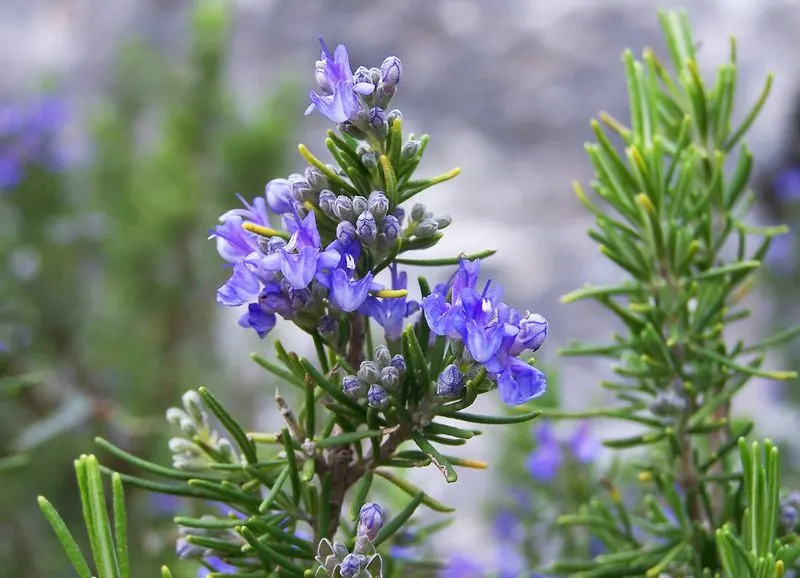
Rosemary, with its aromatic presence and needle-like leaves, transports you to sun-kissed Mediterranean landscapes. This herb is not only a culinary delight but also a breeze to propagate.
Snip a young stem, remove the lower leaves, and place it in water until roots form. Once rooted, plant it in well-draining soil and enjoy its fragrant contribution to your herb collection.
Rosemary’s robust growth and drought resistance make it perfect for outdoor gardens or sunny windowsills, offering both beauty and flavor to your cooking endeavors.
Philodendron
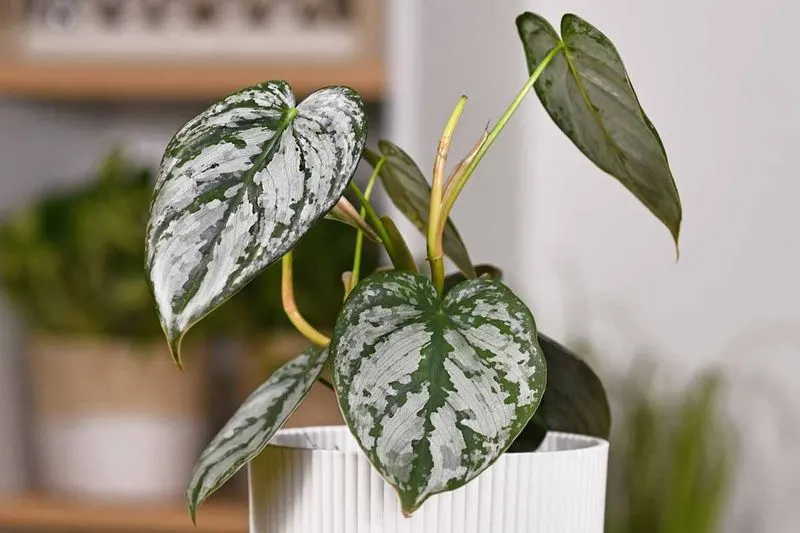
Philodendrons, with their lush, shiny leaves, bring a touch of the tropics indoors. These plants, renowned for their ability to thrive in less-than-ideal conditions, are perfect for those new to plant care.
To propagate, snip a cutting with a few leaves and place it in water or directly in soil. Roots will eagerly form, ensuring your plant collection expands effortlessly.
Philodendrons’ adaptability and lush presence make them ideal for brightening up any corner of your home, requiring minimal care while offering maximum visual impact.
Lemon Balm

Lemon balm, with its delightful citrus scent, is a joy for both the gardener and the chef. This herb is as easy to propagate as it is to love, making it a staple in aromatic gardens.
Simply take a cutting and place it in water or directly into soil. In no time, roots will form, and you’ll have fresh lemon balm ready to invigorate your teas and dishes.
This versatile plant thrives in sunny spots, offering a fragrant and flavorful addition to any garden or windowsill collection, pleasing the senses with every leaf.
Peace Lily
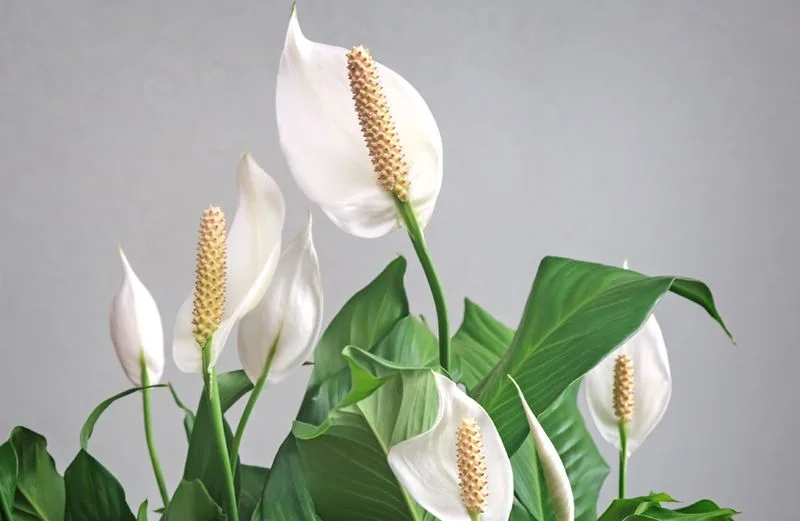
Peace lilies embody tranquility with their elegant white spathes and deep green foliage. These plants bring a sense of calm and serenity to indoor spaces.
Propagating a peace lily is a soothing process. Divide the plant at the roots and re-pot in rich, well-draining soil. The new division will thrive, bringing its calming presence to another part of your home.
Peace lilies prefer indirect light and high humidity, making them perfect for bathrooms or shaded areas where they can purify the air and enhance your living environment.
Fiddle Leaf Fig
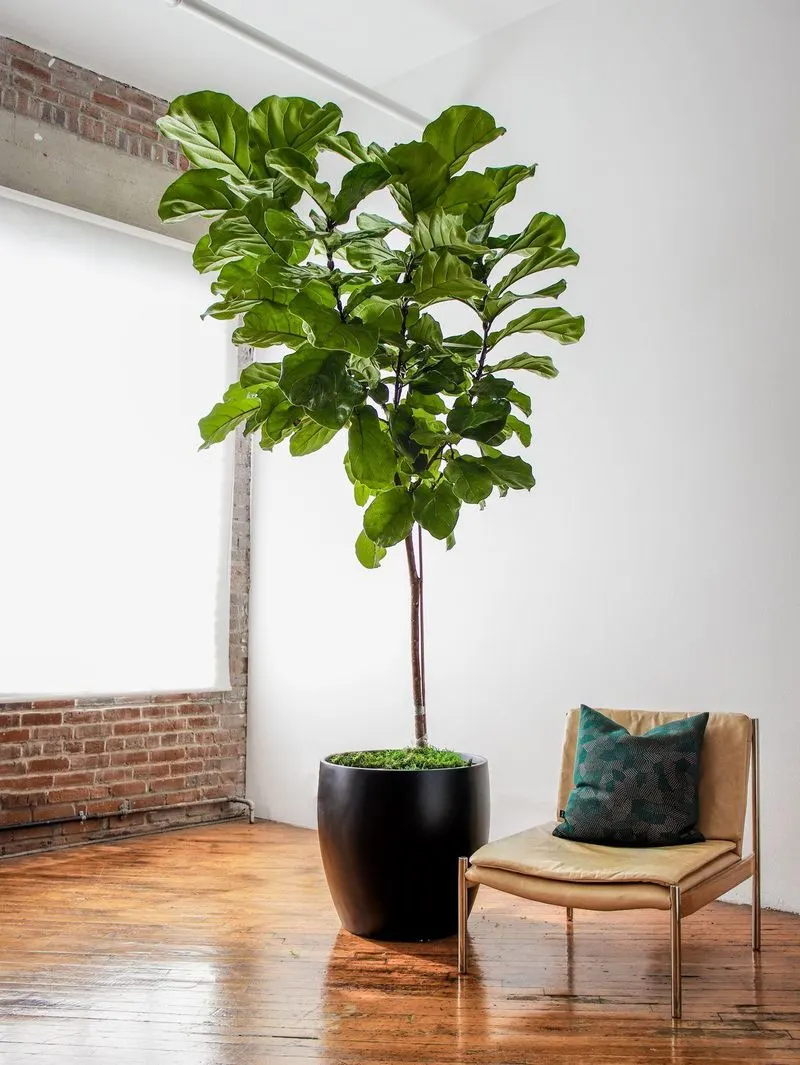
The fiddle leaf fig, with its dramatic, broad leaves, is the statement piece every modern home needs. Its striking appearance captures attention and adds a touch of elegance to any space.
Propagating this plant requires patience but rewards with lush growth. Take a cutting and place it in water until roots form. Once rooted, plant in soil and watch it flourish.
Though it demands bright, indirect light and consistent watering, the fiddle leaf fig offers a rewarding challenge for plant enthusiasts, gracing homes with its majestic presence.

